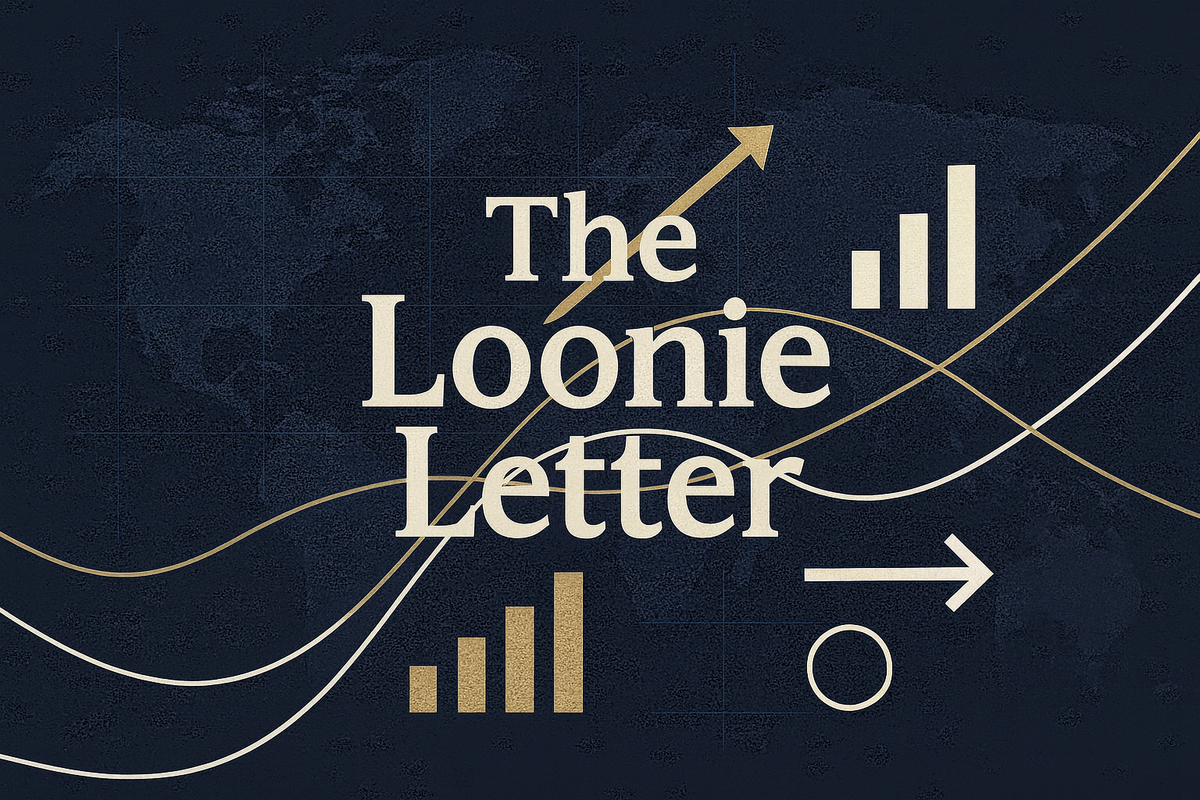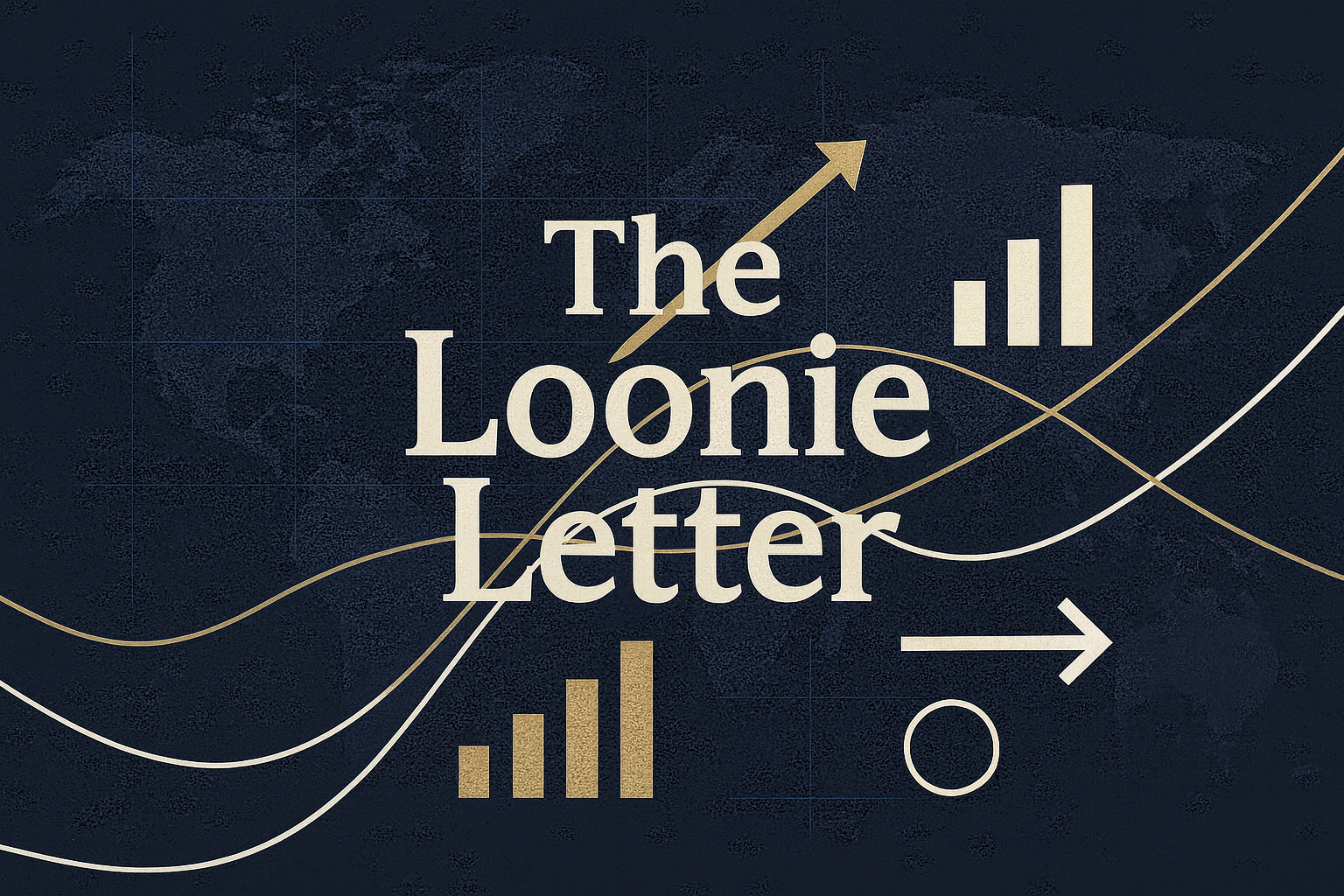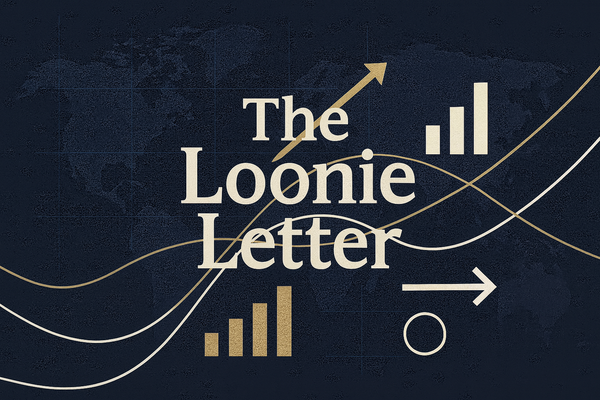Market Mosaic: Tech, Transparency and Rates

Good morning. It’s 2025-09-20. Today’s brief connects five threads shaping positioning into Q4: Nvidia’s potential UK AV bet, a growing debate over market "information drought," policy risks to disclosure and tax transparency, the Fed’s path after its latest cut, and a snapshot of notable premarket movers. Each carries implications for liquidity, valuation, and risk management.
Nvidia eyes $500m in Wayve: strategic fit, early days
Nvidia has signed a non-binding letter of intent to potentially invest $500 million in London-based autonomous-driving startup Wayve as part of its next round; talks remain preliminary and terms are not final (Morningstar; AutomotiveWorld). Wayve’s "embodied AI" approach trains driving behavior from data rather than heavily relying on HD maps, and it runs on Nvidia’s hardware and cloud stack—complementary to DRIVE software and the DRIVE AGX Thor platform (Morningstar). The potential deal aligns with Nvidia’s broader push to expand UK AI infrastructure and startup ties, as highlighted in contemporaneous coverage referencing management’s UK focus (Benzinga; FT). Investor take: a confirmed stake could deepen ecosystem lock-in and data advantages, but the LOI is not binding and AV execution/regulatory risks remain elevated, alongside Nvidia’s geopolitical headwinds (Benzinga). Near-term markers include any definitive agreement and disclosure of terms, progress on Wayve’s Gen‑3 platform (and confirmation of Thor), and UK/China regulatory signals for AV commercialization (Morningstar; Benzinga).
Wall Street’s looming information drought
Politico warns investors could face a thinner flow of sell-side research, corporate guidance, and granular market signals, heightening the risk of mispricing in a shaky macro backdrop and rich equity valuations (Politico). The debate arrives as indices hover near records and markets lean into further Fed easing—conditions that raise the cost of error if information gaps widen (LATimes). The narrative is spreading on social channels, amplifying focus on data scarcity and herding risk (X; X). Practical steps: prioritize primary sources (10‑Q/10‑K, transcripts), selectively augment with validated alternative data, stress test earnings and valuation sensitivity to weaker guidance/coverage, and favor names with better disclosure and liquidity to manage potential bid/ask dislocations.
Policy watch: rollback risk to corporate tax transparency
Recent moves point to a deregulatory tilt that could erode investor-relevant disclosures. For example, the U.S. EPA has proposed rescinding its long-running Greenhouse Gas Reporting Program, removing mandatory annual emissions reporting for most source categories and citing cost savings—an emblematic rollback of public data streams (EPA). Asset owners are divided on such rollbacks, underscoring limited consensus on weaker ESG and disclosure regimes (ResponsibleInvestor). For tax transparency, consistent country-by-country reporting under frameworks such as OECD BEPS Action 13 enables assessment of profit-shifting, effective tax rates, and contingent liabilities; erosion of mandatory reporting increases information asymmetry and valuation uncertainty (OECD). Investor playbook: model exposures under lower-quality information scenarios, press for standardized voluntary disclosures (including country-level ETRs), track rulemaking calendars and engage during comment periods, and supplement with specialized tax diligence while public reporting remains uncertain (ResponsibleInvestor).
Fed signals two more cuts: positioning after the move
The Federal Reserve cut rates by 25 bps to a 4.00%–4.25% target range and signaled two additional cuts this year, implying a year-end funds rate near 3.50%–3.75% (Reuters; Yahoo). Officials framed the move as support for a moderating labor market, and markets have priced a gradual easing path; the 10‑year Treasury yield has drifted lower in recent commentary, but CPI and payrolls remain the swing factors (Reuters). Mortgage rates, more correlated with the 10‑year, recently averaged about 6.26%, with scope to decline if easing continues, though a reacceleration in inflation could reverse the trend (OregonLive). Portfolio implications: modest additional cuts generally support risk assets over long-duration Treasuries, but pace and data dependence argue for balanced duration, sector tilts toward beneficiaries of lower short rates while monitoring NIM pressure, and maintaining inflation hedges until disinflation is confirmed (Reuters).
Premarket biggest movers: snapshot
Before the bell, several names showed outsized moves amid an improving risk backdrop following the Fed’s action (Nasdaq). Notables include AlphaVest Acquisition (ATMV) +69.4% and Adaptimmune (ADAP) +30.3% per community feeds; verify catalysts and liquidity before acting (Moomoo). MarketScreener flagged top premarket gainers and noted Chijet Motor with a ~61% move; treat as headline-level pending ticker verification (MarketScreener). Morningstar’s market movers list included Oklo (OKLO) +28.8%, Brighthouse Financial (BHF) +27.2%, Quantum Computing (QUBT) +26.8%, and Bullish (BLSH) +20.7% (Morningstar). Premarket leaders often reflect thin liquidity, discrete news, or short squeezes—confirm catalysts and intraday volume before initiating positions.
Conclusion
Bottom line: A rate path that remains data-dependent, a shifting disclosure environment, and evolving AI ecosystems will shape dispersion and risk premia. Keep portfolio processes anchored in primary data, stress-tested for thinner information regimes, and flexible to exploit dislocations—while watching for confirmation on Nvidia–Wayve, forthcoming macro prints, and policy developments that could reset transparency baselines.

